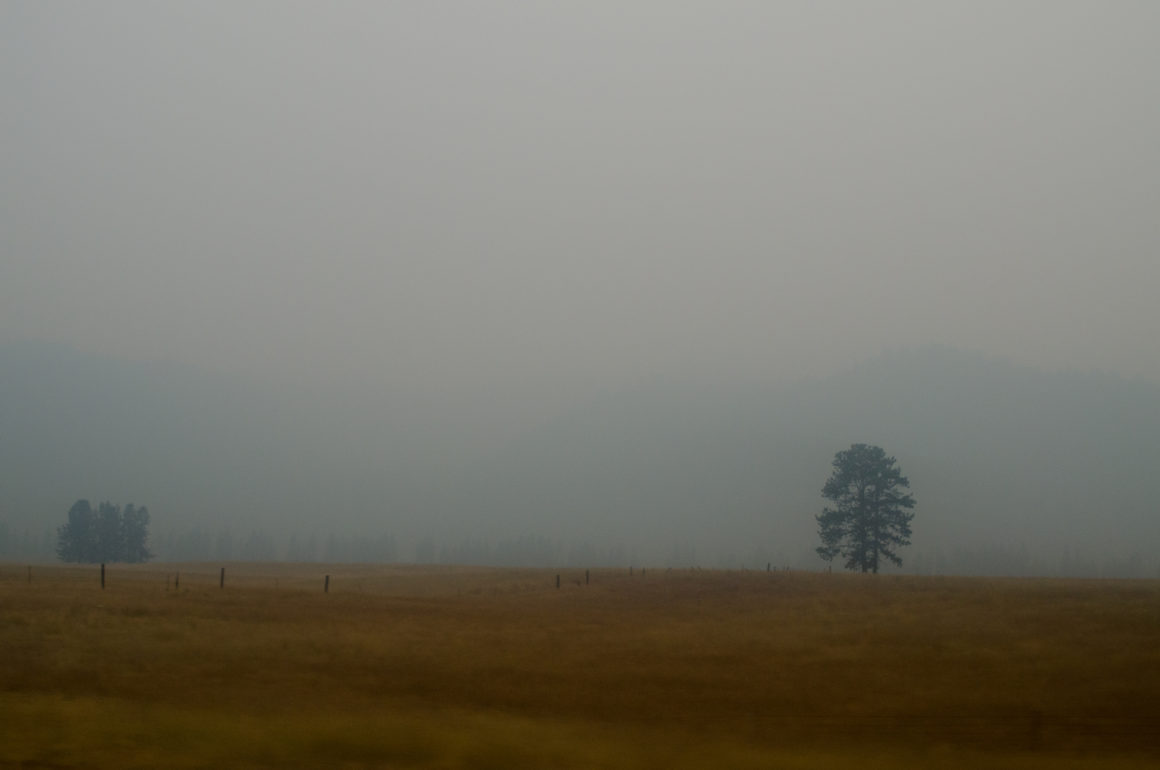
Drought and high temperatures may be here to stay
Farmers and ranchers have always dealt with uncertainty. Whether it is global price changes, or something too close to home, like fires and drought, no one can predict what’s coming around the bend.
But the ag community has always dealt with this, and simply got on with moving forward after something unpredictable occurs.
However, in the past, the unpredictabilities were bounded. Winter Wheat was harvested in mid-August. No one knew the exact day of course, but you knew the month. But during these past couple years it hasn’t been uncommon for gold fever to come as soon as early July.
The Montana Climate Assessment’s goal is to better equip family farms and ranches around the state with tools and information they need so they can better plan for the future.
This September, the Montana Institute on Ecosystems — a statewide center based at Montana State University and the University of Montana — issued its first Climate Assessment, of hopefully many. And it didn’t provide any new bounds on what to predict…
It seems the only thing Montanans can count on is warmer temperatures. And while this has the potential to extend growing seasons; precipitation shifts, and more extreme events — like fire and drought — will be associated with these warmer temperatures as well.
These rising temperatures will reduce snowpack, which will likely have a large impact on Montana’s water supply, especially in the summer and early fall. What’s particularly hair-raising about this prediction is the effect it will have on groundwater. It’s the winter snowpack that recharges most of our groundwater aquifers.
Groundwater is going to be facing larger demand as farmers and ranchers look to alternative water sources in the late months of summer due to less snowpack. But there will be a lower supply of groundwater because of these low snowpacks as well. With situations like this, conflict seems inevitable.
And summers like this past one seem to be looming in our future.
It’s easy to look at the list of problems agriculture with face with a changing climate and get lost in it. But Montanans don’t typically lay down and die. We work together to come up with solutions.
We sat down with Dr. Bruce Maxwell, one of the primary authors on the 2017 Montana Climate Assessment. His goal for farmers and ranchers was clear.
“I’m trying to make them a better gambler,” he said.
You can’t count cards with the climate, but the principle is the same. The more you know, the better.
Diversification is also going to be a vital tool when facing all this uncertainty. To stick with the analogy, when you walk into a casino you don’t put all your money in one machine and hope for the best. You play smaller amounts on different games, knowing that you can lose some, but the ones that do well can make you a profit.
More information can eliminate some of the many options facing Montana’s farmers and ranchers. Diversification can help to guarantee that you have some money in the crop or feed that will pay off in that given year.
Milton Ranch, in Roundup, is already putting these techniques to use. Bill Milton explained to us that he uses temporary fences and single-wire to create “skeleton” paddocks that allow for more control of how much time cattle spend on each block of land.
Milton Ranch moves their cattle every two to four days, allowing rest for the vegetation, as well as different feed for the cattle. This gives plants the opportunity to strengthen, and more time to grow.
“How do you manage variable amounts of moisture over season and years?” asked Bill, rhetorically.
He explained that all he can do is respond, and move his cattle from place to place accordingly.
Bill also spoke to how communities can better manage together. It’s difficult for one rancher and farmer to best use the area when he or she is operating by themselves. But when an entire community collaborates, adapts together, and comes up with imaginative solutions, there’s potential for everyone to be better off.
Bill went on to explain that collaboration changes how people in a community approach a problem. No one person can solve it, but everyone can cultivate trust and respect. This allows conflict to become a motivator, rather than a creator of friction for friction’s sake.
There is a lot of uncertainty facing the state. But, as Montanans, we know how to work with neighbors. And one thing’s for certain. If we want to develop community approaches to the problems around the bend, we need more information published, and research completed.
If you’re interested in learning more about variable conditions facing Montana, The Celebrate Ag event this weekend at MSU has a full-day economic conference on Managing Ag Resources in the Context of Variable Conditions on November 3rd. You can find the schedule about that event here.
-Andie Creel
Special thanks to Dr. Bruce Maxwell and Bill Milton for taking their time to talk to us.
Feature photo by Alex D’Agostino
Citation: Whitlock C, Cross W, Maxwell B, Silverman N, Wade AA. 2017. Executive Summary. In: Whitlock C, Cross W, Maxwell B, Silverman N, Wade AA. 2017. 2017 Montana Climate Assessment. Bozeman and Missoula MT: Montana State University and University of Montana, Montana Institute on Ecosystems. 318 p. doi:10.15788/m2ww8w
Got something to say to Prairie Populist? Send news tips, story ideas and comments to [email protected]. If you have something to submit, or an idea for a story you’d like to write for us, check out our Submission Guidelines here.
